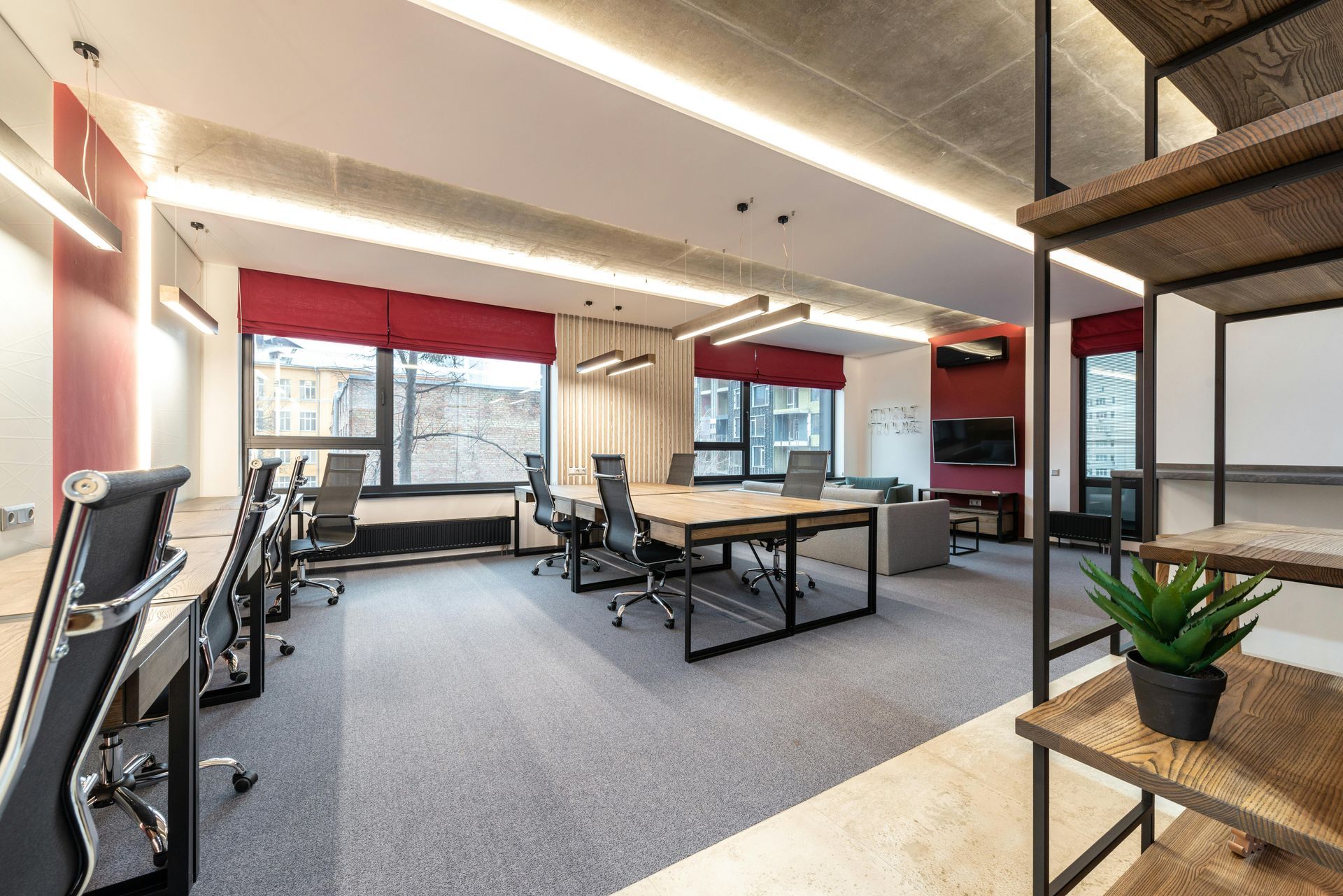Mold Problems in Grand Island?
Here's How to Tackle Them Effectively
In Nebraska, fluctuating weather conditions can lead to high humidity levels, meaning mold issues are not uncommon. From residential homes to commercial buildings, mold can pose significant health risks and damage structural integrity if not addressed promptly and effectively.
Understanding Mold
Mold is a type of fungus that thrives in moist environments. It reproduces through tiny spores that travel through the air and can start new colonies when they land on suitable surfaces. Common signs of mold include visible growth, a musty odor, and in more severe cases, health symptoms such as allergies and respiratory issues.
Why Mold Remediation is Crucial
For residents and business owners, addressing mold is not just about improving aesthetics—it's about health and safety. Mold exposure can lead to various health problems, especially for those with allergies or compromised immune systems. Additionally, mold can weaken structural elements, leading to costly repairs.
Steps to Effective Mold Remediation
- Identify the Source: The first step in effective mold remediation is identifying the moisture source. Whether it's a leaky roof, high indoor humidity, or condensation, finding and fixing the moisture source is essential to prevent future growth.
- Assessment: Professional mold remediation services start with a thorough assessment to determine the extent of the mold infestation. This step is crucial to developing a strategic approach to effectively eliminate the problem.
- Containment: To prevent the spread of mold spores during the cleanup process, the affected area must be contained. This might involve sealing off the area with plastic sheeting and using negative air pressure to keep mold spores from spreading.
- Removal: All mold-infested materials need to be removed and disposed of safely. Non-porous materials can often be cleaned and disinfected, while porous materials like drywall and insulation may need to be replaced.
- Cleaning and Disinfection: Thorough cleaning of the affected area is crucial. This involves HEPA vacuuming, scrubbing, and the use of EPA-approved disinfectants to eliminate mold residues.
- Drying and Restoration: After cleaning, it’s important to dry out the area completely to ensure no residual moisture remains. Finally, restoration can begin, which might involve replacing drywall, painting, and restoring any other structural damage.
- Prevention: Prevention is key to making sure the problem doesn’t recur. This can involve improving ventilation, using dehumidifiers, and ensuring water doesn’t enter the building.
Think You Have Mold? Here's Who You Can Turn to in the Tri-Cities
Christenson Cleaning & Restoration stands out as a leader in mold remediation in Grand Island, Kearney, Hastings, and the surrounding area. We're equipped to handle even the most challenging mold problems with a commitment to safety, quality, and customer satisfaction. Our team uses the latest methods and technology to ensure that mold is not just removed, but that conditions preventing its return are established.
If you think you might have a mold problem, don't delay. Contact Christenson Cleaning & Restoration, your trusted local expert, and take the first step towards restoring a safe, healthy environment in your property. Remember, the right knowledge and professional assistance are your best tools in effectively managing and eliminating mold.













